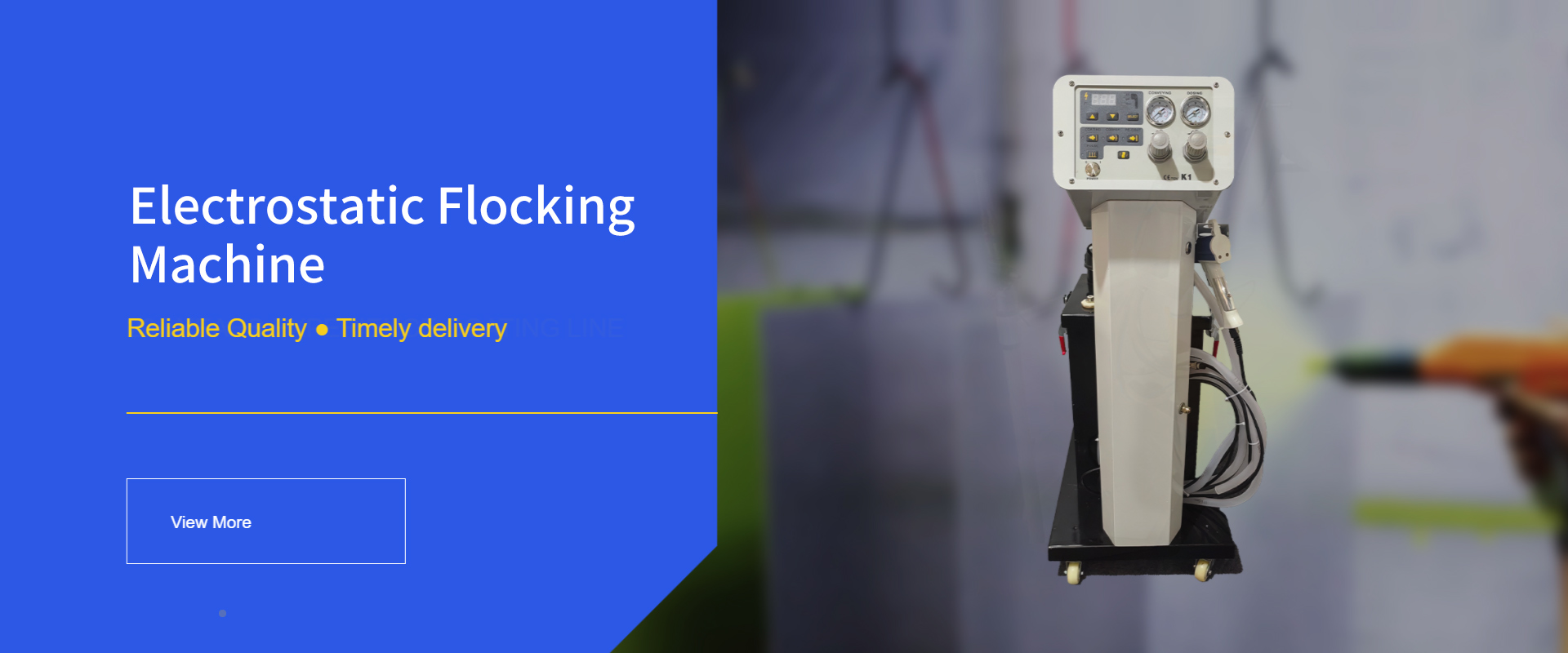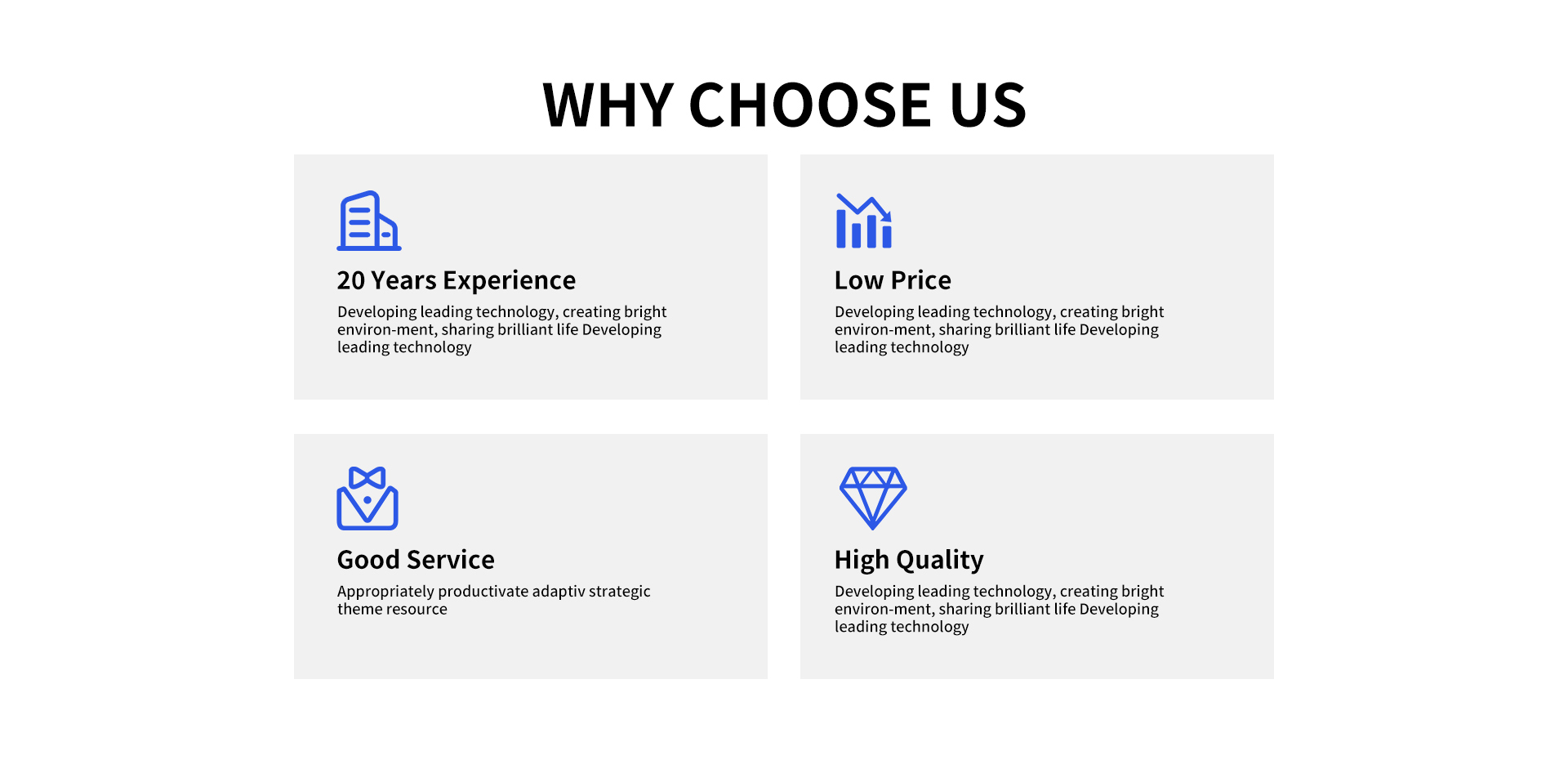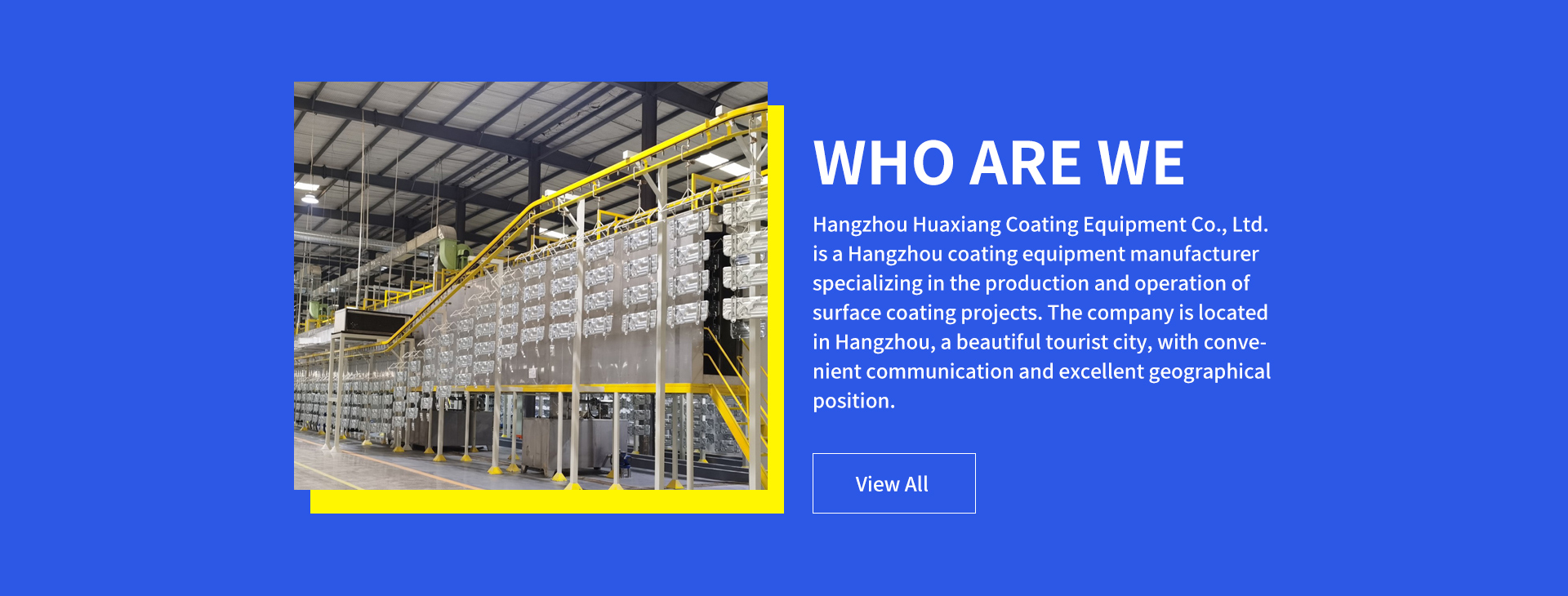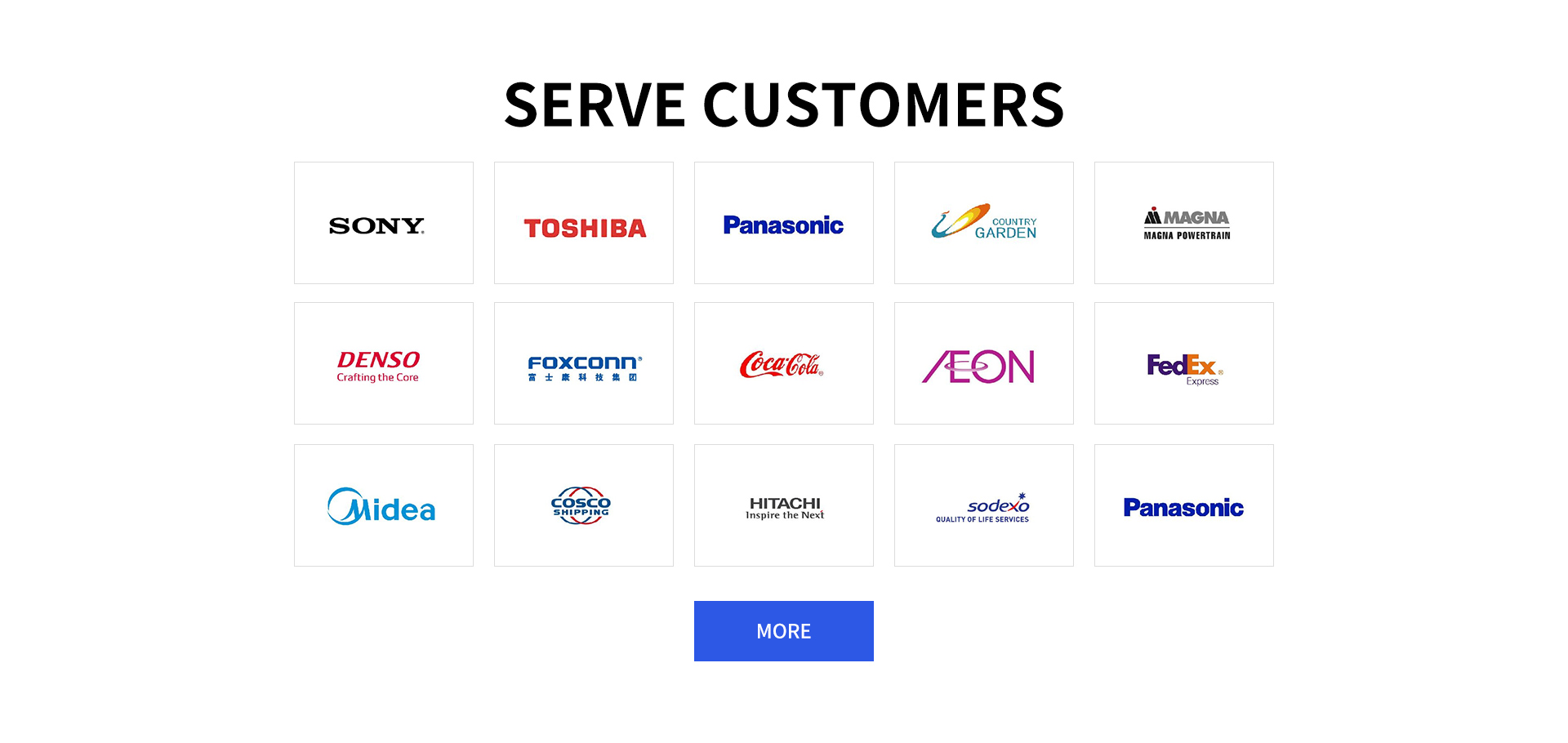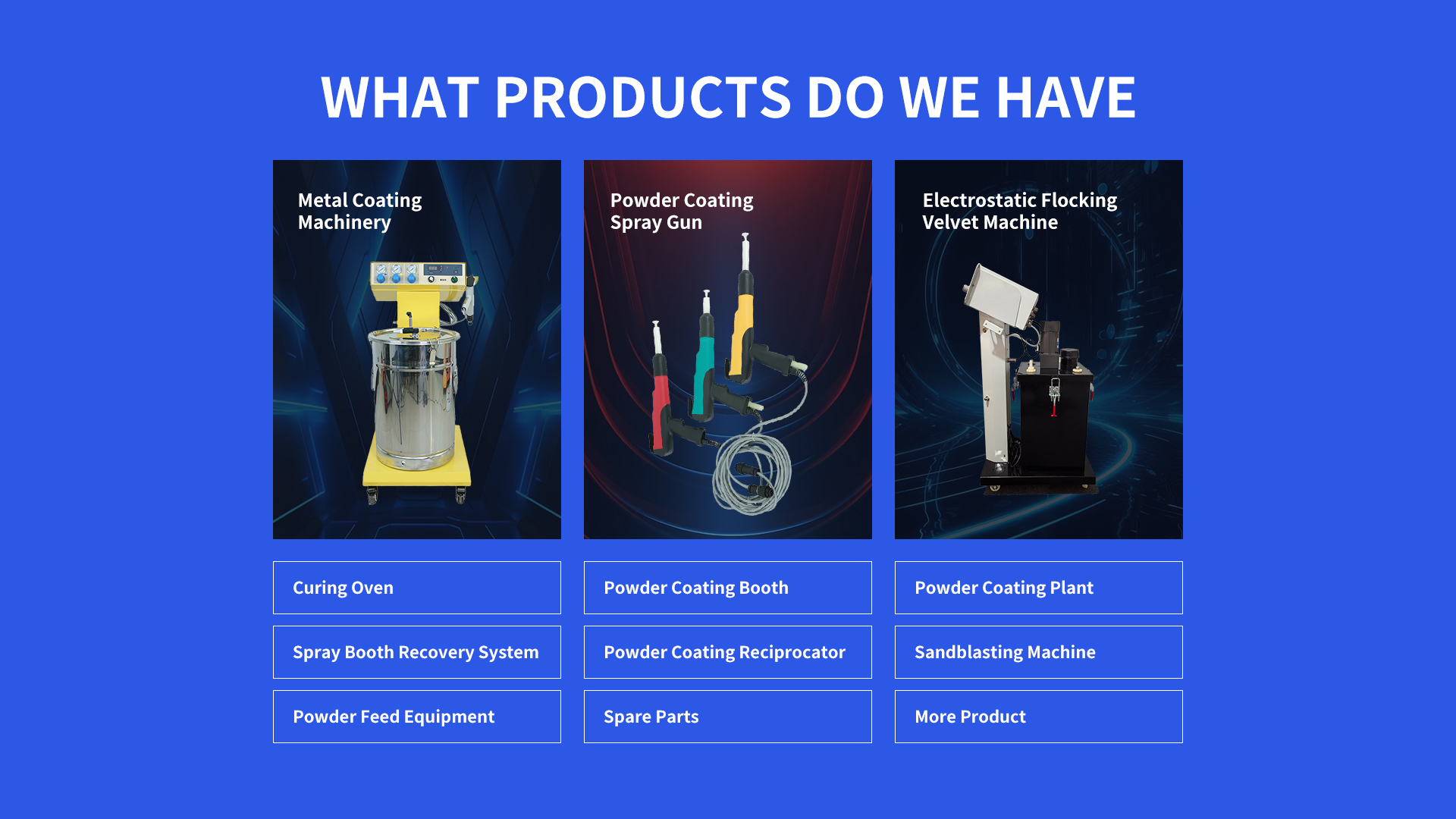Electrostatic Powder Coating Machine: A Consumer Guide
The market for Electrostatic Powder Coating Machines is driven by demand from industries valuing precision and efficiency. These machines serve automotive, appliance, and metalworking sectors. Prices range from (2,000 for basic manual models to )50,000+ for automated systems, based on electrostatic control, capacity, and features.
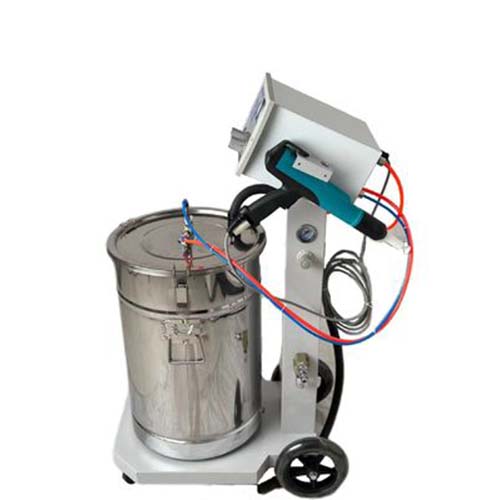
Electrostatic Powder Coating Machine Application in Painting Projects
Electrostatic Powder Coating Machines are used in various painting projects. Automotive factories apply them to coat car parts like door handles, mirrors, and chassis components, ensuring uniform coverage. Appliance manufacturers use these machines for refrigerators, stoves, and washing machines, delivering sleek, durable finishes. Metalworking shops rely on them to coat hardware, pipes, and structural parts, enhancing corrosion resistance. They also work for coating outdoor furniture, light fixtures, and decorative metal items, providing long-lasting protection against weather elements.
Electrostatic Powder Coating Machine Surface Treatment Process Technology
Electrostatic Powder Coating Machines use advanced electrostatic technology in surface treatment. First, surfaces are cleaned via sandblasting or chemical degreasing to remove contaminants. The machine charges powder particles with high voltage (50-100 kV), creating an electrostatic field. The grounded workpiece attracts the charged powder, ensuring it adheres evenly, even in hard-to-reach areas. After application, the coated item is cured in an oven at 160-220°C, melting the powder into a smooth, continuous film. Some machines feature adjustable electrostatic intensity to adapt to different powder types and workpiece materials.
Electrostatic Powder Coating Machine: What Is It?
An
Electrostatic Powder Coating Machine is a device that uses electrostatic attraction to apply powder coatings to surfaces. It generates an electric charge in the powder, which adheres to grounded workpieces. These machines come in manual, semi-automatic, and fully automatic versions. Manual models have handheld spray guns, while automated ones integrate conveyors and robotic arms. They work with metals, composites, and certain plastics, offering a efficient, high-quality alternative to traditional painting methods.
Electrostatic Powder Coating Machine Components
Electrostatic Generator: This component produces the high-voltage charge needed to ionize the powder. It converts standard electrical current into a high-voltage, low-amperage charge (50-100 kV), ensuring the powder particles become electrostatically charged. Advanced generators offer adjustable voltage settings to match different powders and workpieces.
Powder Spray Gun: The gun delivers the charged powder to the workpiece. It features a nozzle that shapes the spray pattern (round, fan, or wide) and a charging electrode that imparts the electrostatic charge to the powder. Ergonomic designs in manual guns reduce operator fatigue, while automated guns integrate with robotic arms for precise application.
Powder Delivery System: This includes a hopper for storing powder and a feeder that transports it to the spray gun. The feeder uses compressed air to fluidize the powder, ensuring a steady flow. Some systems have filters to remove clumps, preventing blockages and ensuring consistent powder distribution.
Electrostatic Powder Coating Machine Advantages
Superior Adhesion: The electrostatic charge ensures powder particles adhere firmly to the workpiece, even on complex shapes and recessed areas. This results in uniform coverage with minimal waste, reducing the need for touch-ups.
Efficiency: These machines use powder efficiently, with overspray rates as low as 5-10% (compared to 30-40% for liquid paints). Overspray can be recycled, lowering material costs and reducing environmental impact.
Durable Finishes: Coatings applied via electrostatic methods are resistant to chipping, scratching, and corrosion. They withstand extreme temperatures and harsh chemicals, extending the lifespan of coated items.
Versatility: They handle various powder types, including epoxy, polyester, and hybrid blends, suitable for different applications. Adjustable electrostatic settings allow customization for different materials, from thin sheet metal to thick castings.
Electrostatic Powder Coating Machine FAQ
How to Choose the Right Electrostatic Powder Coating Machine for Small Workshops?
Assess your typical workpiece size—small workshops coating parts under 3 feet may opt for a manual machine with a 1-3 kg powder hopper. Look for adjustable voltage settings (50-100 kV) to handle different powders. Check for a powder recovery system to reuse overspray. Prioritize machines with easy-to-clean components to reduce maintenance time. Read reviews about reliability, and set a budget between (3,000-)10,000 for a quality model.
How to Use an Electrostatic Powder Coating Machine for Coating Metal Pipes?
Prepare the pipes by sandblasting to remove rust and debris, then wipe with a degreaser. Set up the machine: fill the hopper with a corrosion-resistant powder (e.g., epoxy-polyester hybrid). Adjust the spray gun to 70 kV and a wide spray pattern. Hold the gun 8-10 inches from the pipe, rotating the pipe slowly while moving the gun evenly along its length. Apply a thin first coat, let it "tack" for 2 minutes, then apply a second coat. Cure the pipes in an oven at 190°C for 25 minutes, then cool before handling.
How to Ensure Safety When Operating an Electrostatic Powder Coating Machine?
Wear a respirator to avoid inhaling powder dust, and safety glasses to protect eyes from overspray. Ensure the workpiece is properly grounded to prevent electrostatic discharge. Keep the workspace well-ventilated, and avoid open flames—powder is combustible. Never touch the spray gun’s charging electrode while the machine is powered on. Disconnect power before cleaning or adjusting components, and follow lockout/tagout procedures during maintenance.
How to Maintain an Electrostatic Powder Coating Machine for Optimal Performance?
Clean the spray gun nozzle daily with a soft brush to remove powder buildup. Empty and wipe the hopper weekly to prevent moisture absorption, which causes clumping. Inspect the powder delivery hoses for cracks monthly, replacing them if damaged. Calibrate the electrostatic generator quarterly using a voltage meter to ensure accurate charge output. Lubricate moving parts of the feeder and conveyor (if applicable) according to the manufacturer’s schedule.
How to Troubleshoot Uneven Coating with an Electrostatic Powder Coating Machine?
If coating is thicker on one side, check the gun’s distance from the workpiece—maintain a consistent 6-10 inches. Ensure the workpiece is properly grounded; loose connections cause uneven charge distribution. Inspect the powder delivery system for clogs—clean the feeder and hoses if flow is inconsistent. Adjust the voltage: too low (under 50 kV) may cause light coverage, while too high (over 100 kV) can lead to uneven buildup. If problems persist, check the spray gun’s nozzle for wear and replace if necessary.
Statement: Hangzhou Huaxiang Coating Equipment Co., Ltd Chinese Powder Coating Equipment facturers provide you with customized equipment for various types of Powder Coating Lines, Powder Coating Ovens, Powder Coating Booths,Powder Coating Guns, etc. For inquiries! Contact us at
Email: gezx@cncolourspray.com
WhatsApp: +86 13335812068

